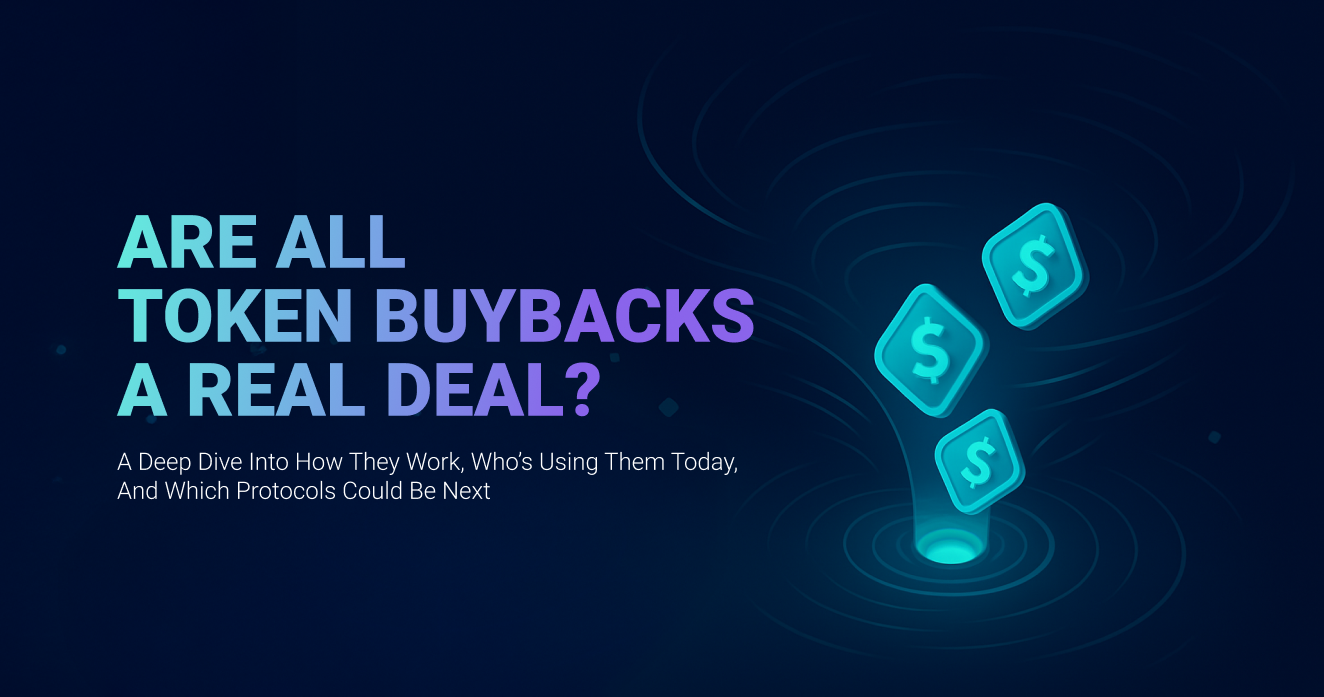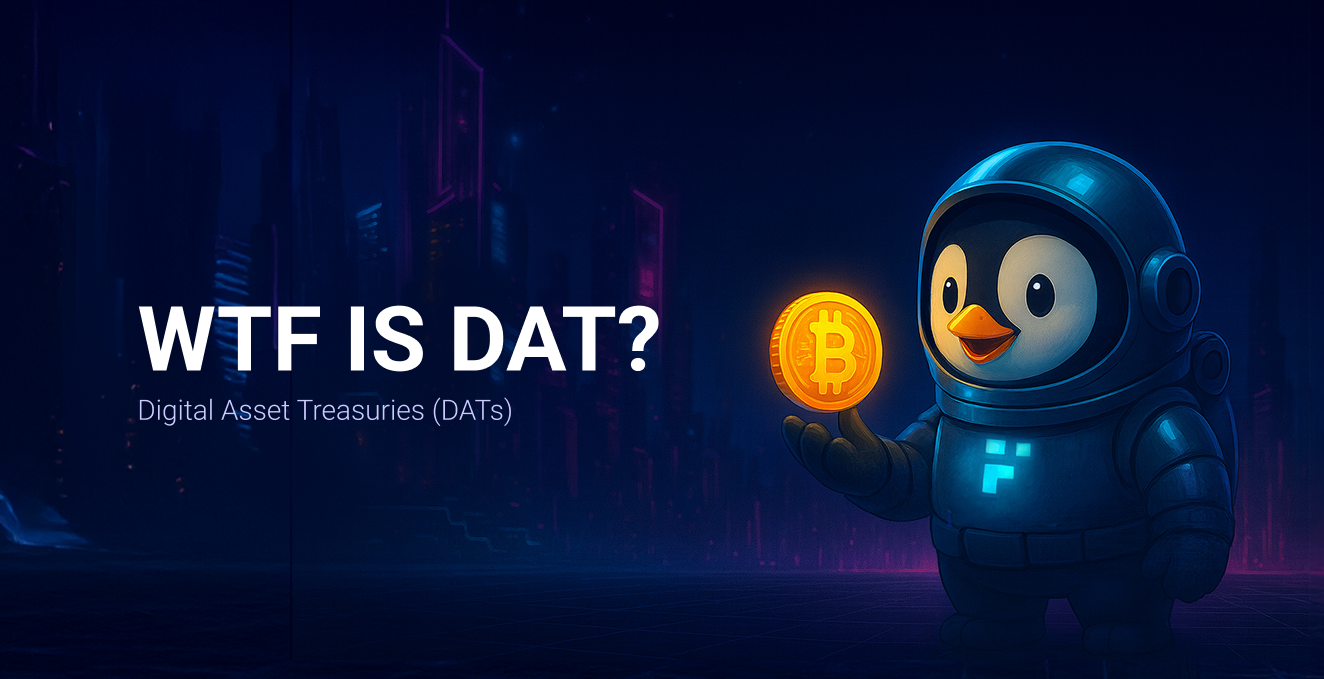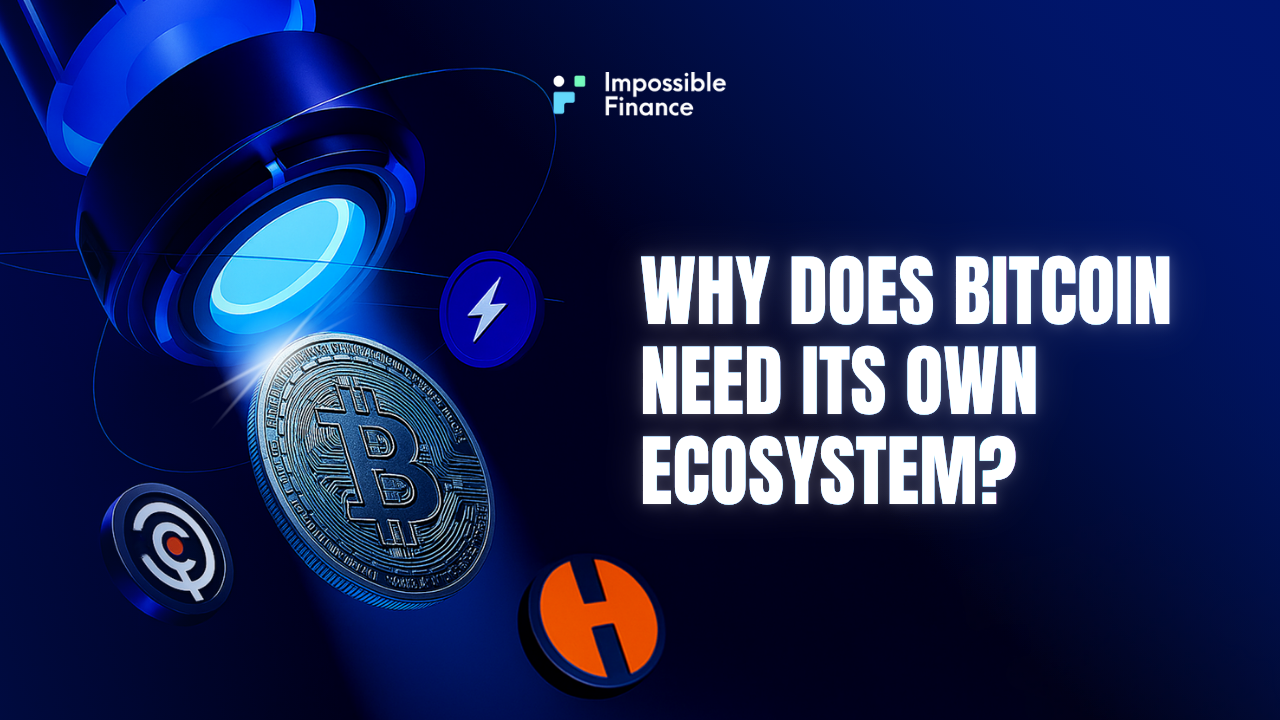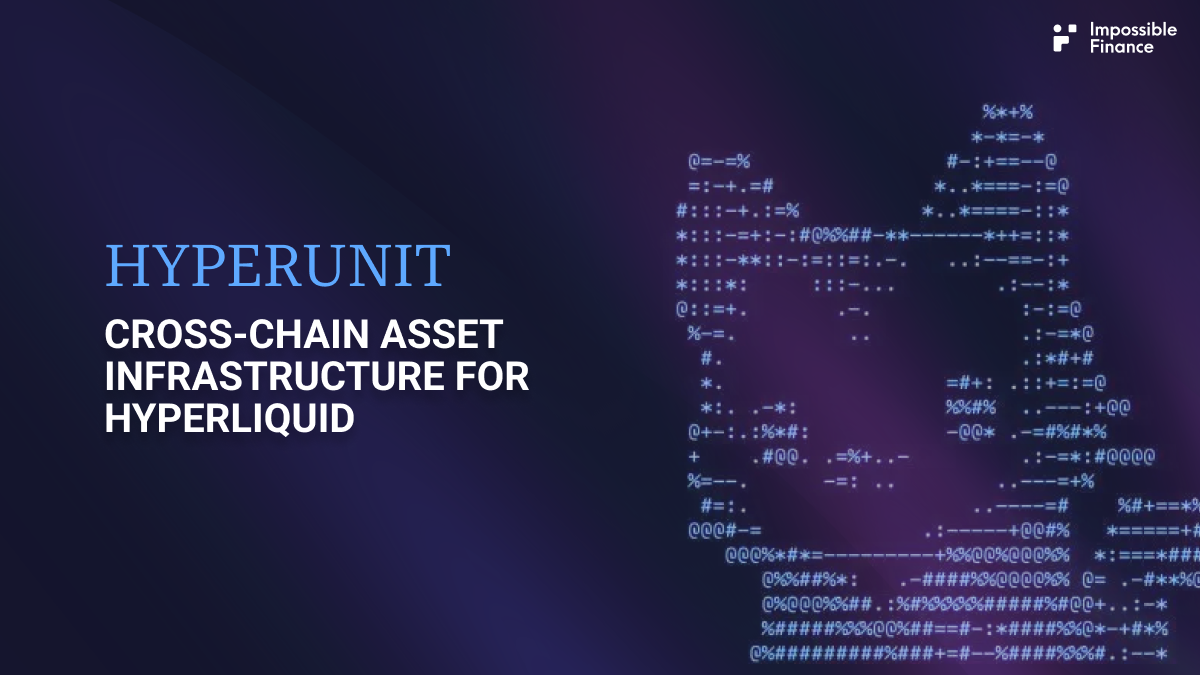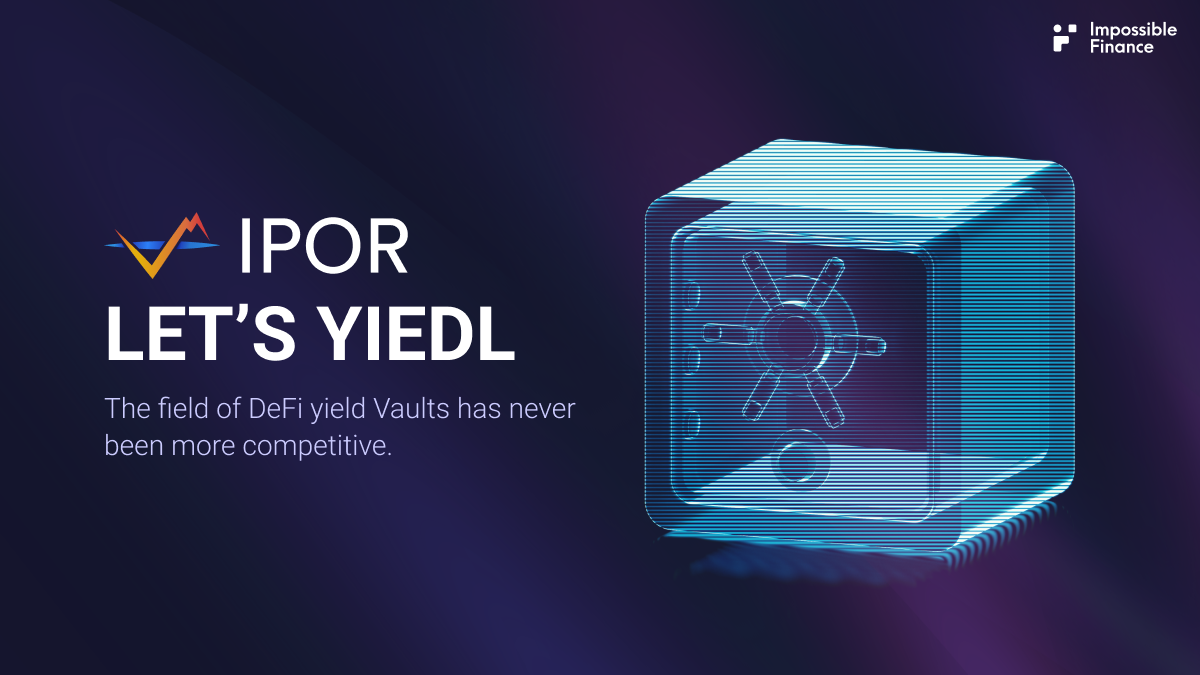DEFI
Explore decentralized finance trends, insights, and updates shaping the future of crypto with Impossible Finance.
Are All Token Buybacks a Real Deal?
Intro In traditional markets, buybacks are one of the most powerful levers a company can pull. When firms repurchase their own stock, they basically reduce supply, signal confidence, and often drive price appreciation. In fact, buybacks have been the single largest source of demand for equities over the past two
WTF is DAT?
As the cryptocurrency market continues to evolve, a new phenomenon has captured the attention of investors: Crypto Treasury Funds, also known as Digital Asset Treasuries (DATs). As their name suggests, these funds accumulate and hold large amounts of crypto assets directly on their balance sheets. While they offer indirect exposure
Credible Accounts - Rewriting CA Rules in
Web3 today is like a chaotic street market: every buyer brings their own cash pile, every stall has its own rules, and no one's really sure if the deal will go through or not. There’s no universal system to exchange assets, no shared logistics layer to track
Bitcoin Eco Overview: A Billion - Dollar Ecosystem Is Taking Shape
Why Does Bitcoin Need Its Own Ecosystem? Bitcoin has long been hailed as “digital gold” - a secure store of value, resistant to inflation and censorship. However, today’s financial world demands much more: automated trading, leveraged investments, and even credit issuance. While blockchains like Ethereum have exploded with thousands
Hyperunit: Cross-Chain Asset Infrastructure for Hyperliquid
Overview @hyper_unit, commonly referred to as Unit, is an asset tokenization protocol integrated within the Hyperliquid ecosystem. It enables seamless cross-chain deposits and withdrawals of major cryptocurrencies, including Bitcoin (BTC), Ethereum (ETH), and Solana (SOL), between their native blockchains and Hyperliquid. By bridging these assets, Unit enhances Hyperliquid’s
IPOR Fusion ⚛️ - Research Report
Context In the past year, DeFi’s TVL rebounded to around $94 billion, marking a decisive shift in the adoption trend from traditional finance. Global banks like JPMorgan, and Société Générale, alongside asset managers such as BlackRock, whose on-chain fund has surpassed $1 billion in AUM, and Franklin Templeton with

